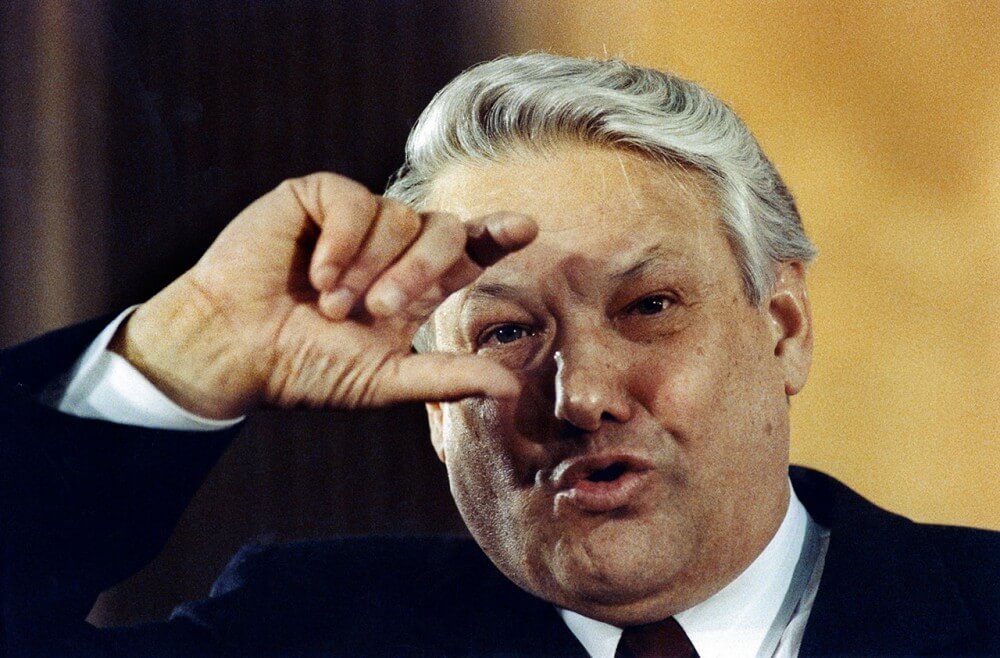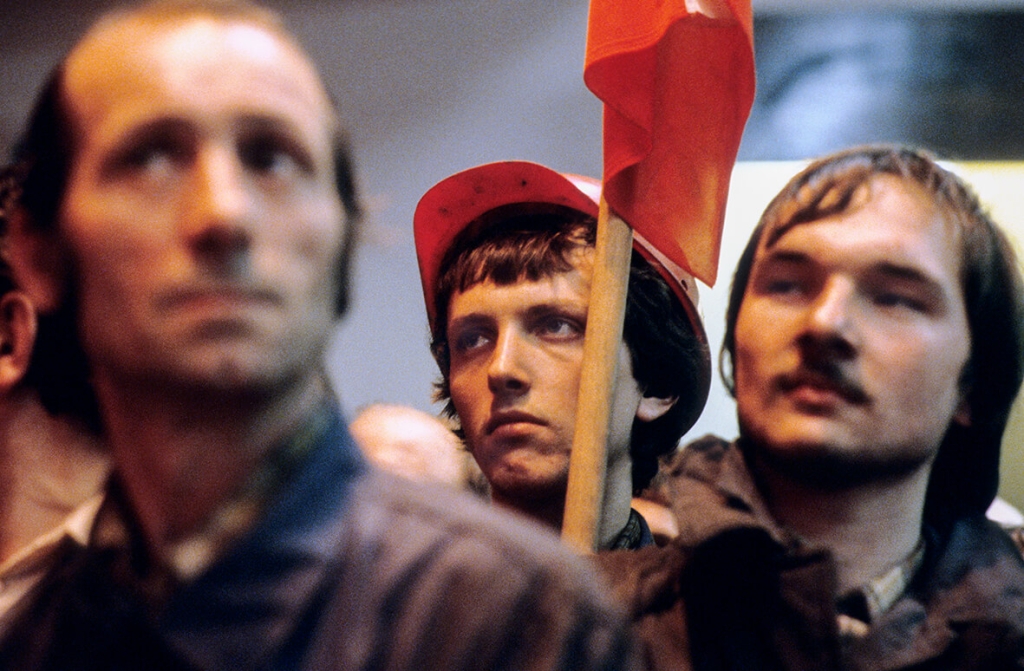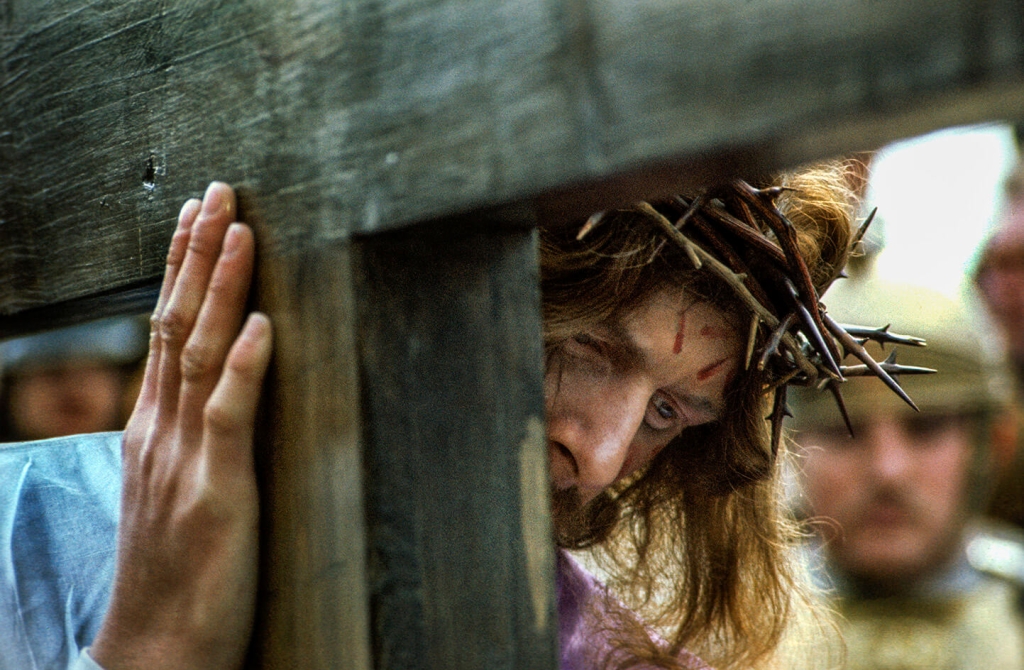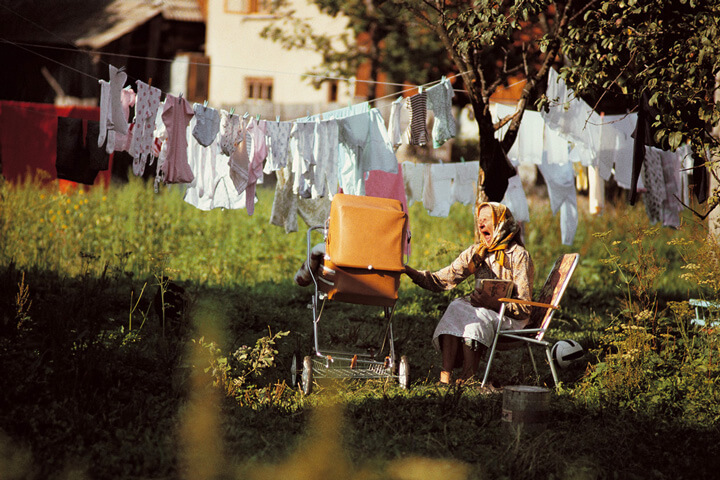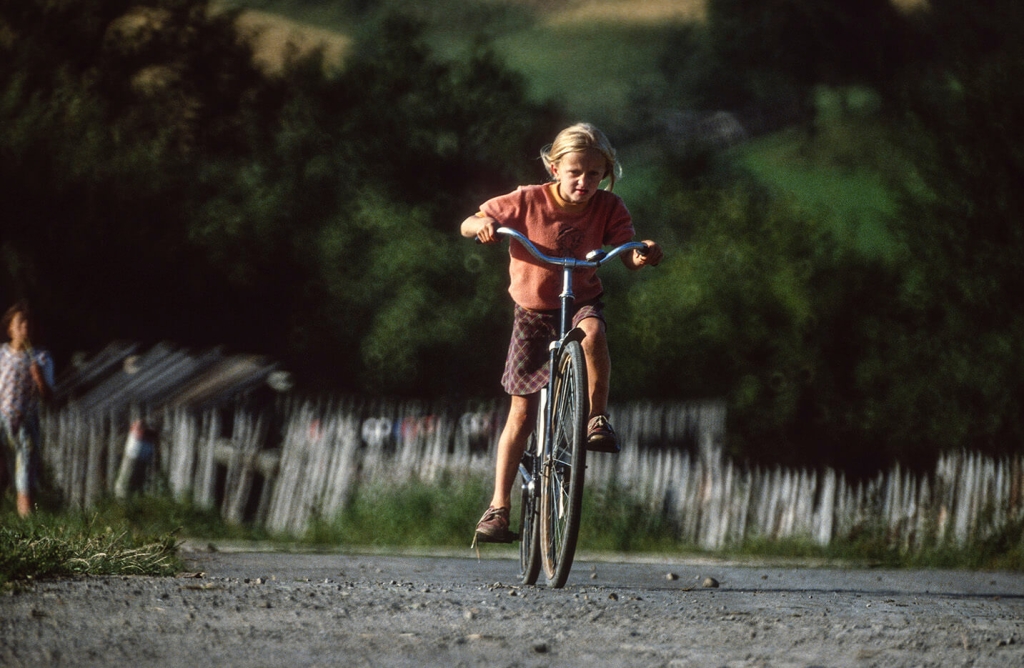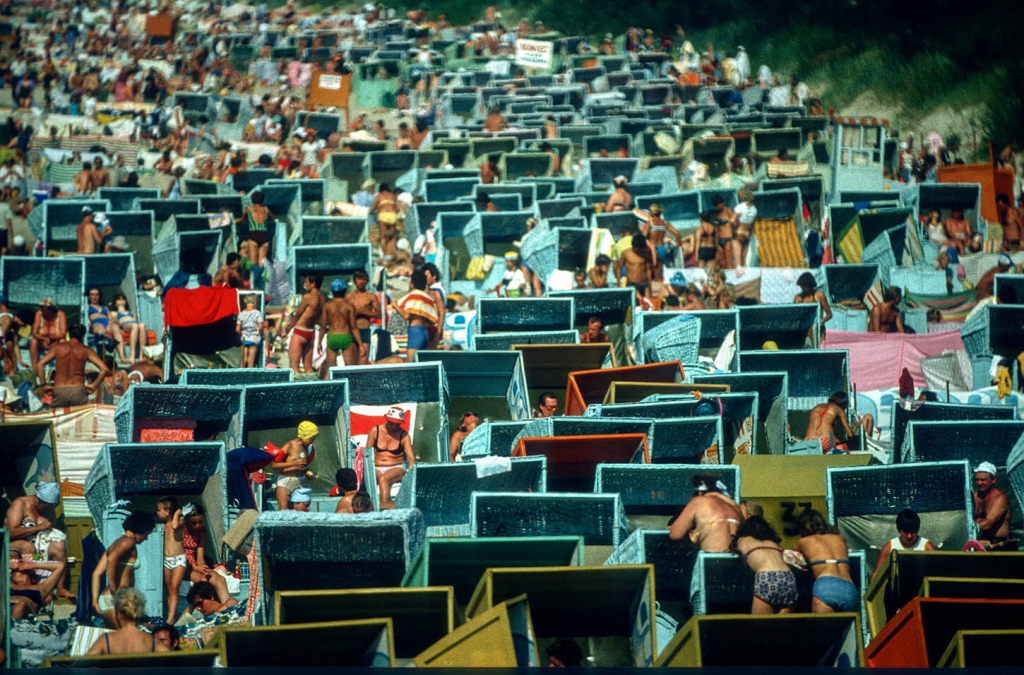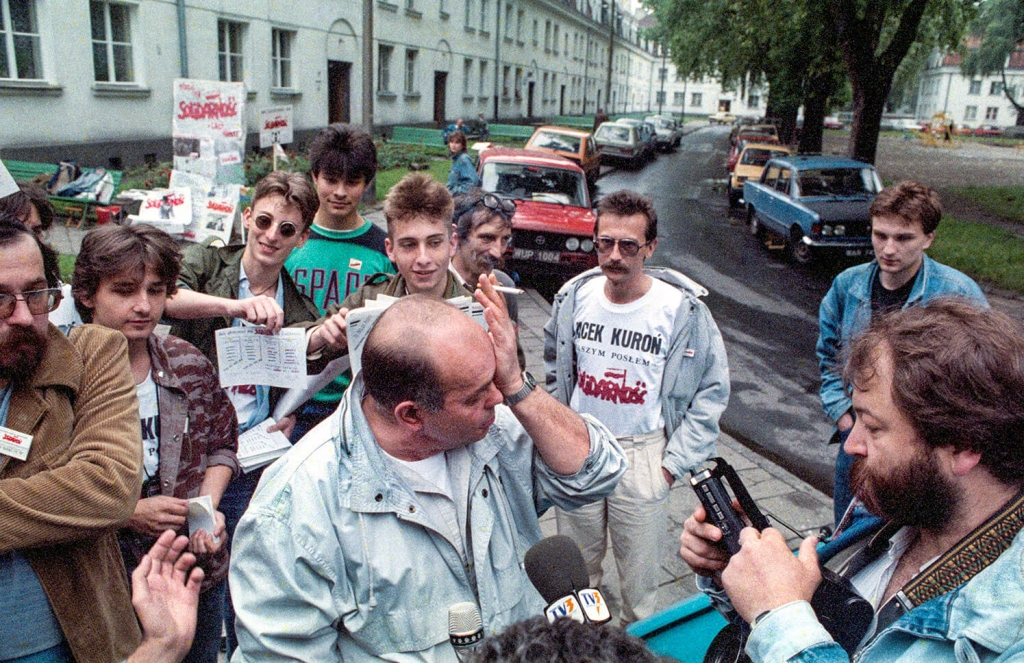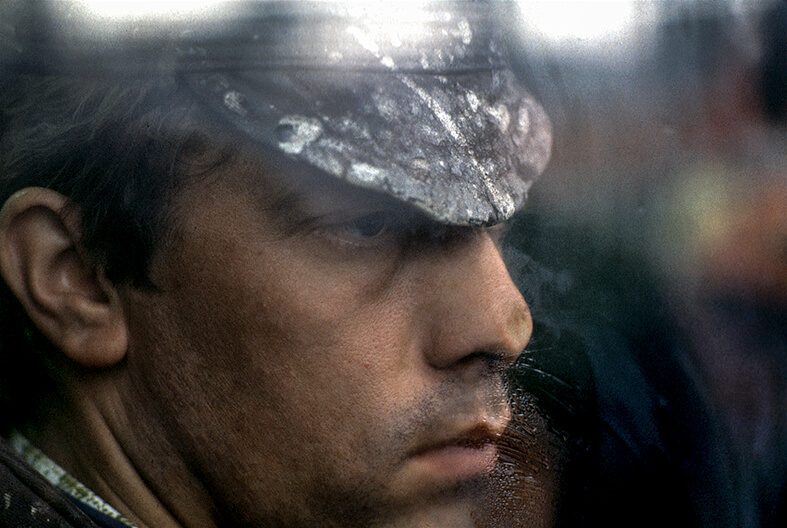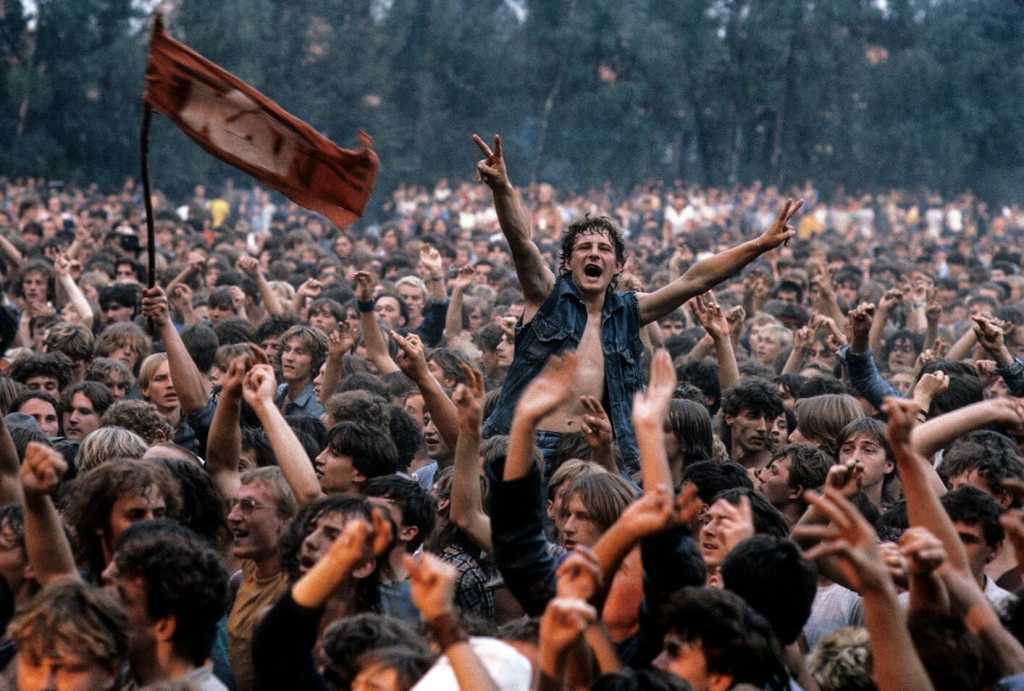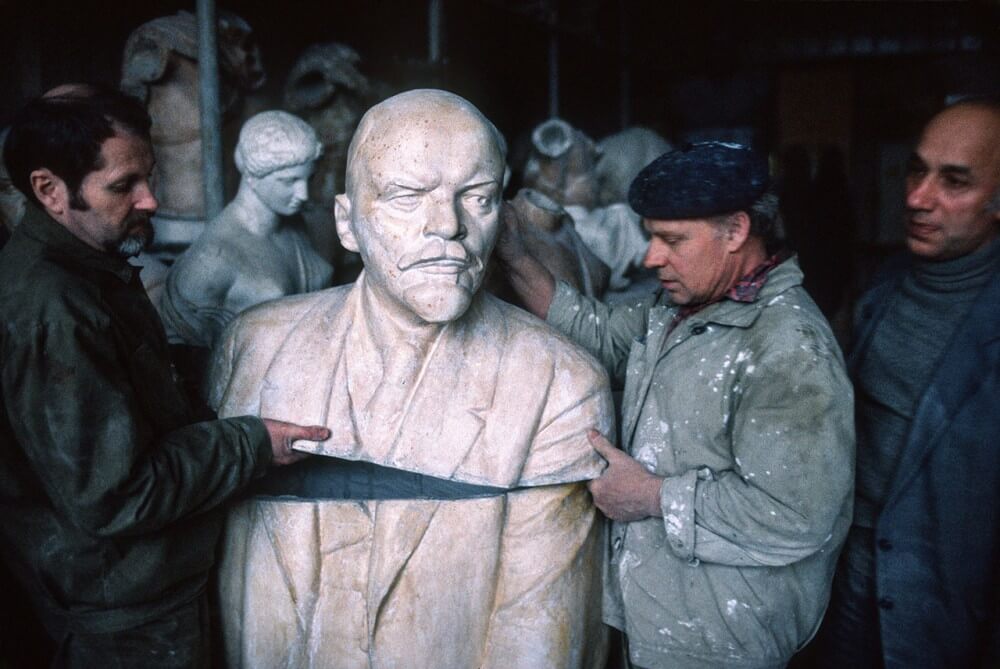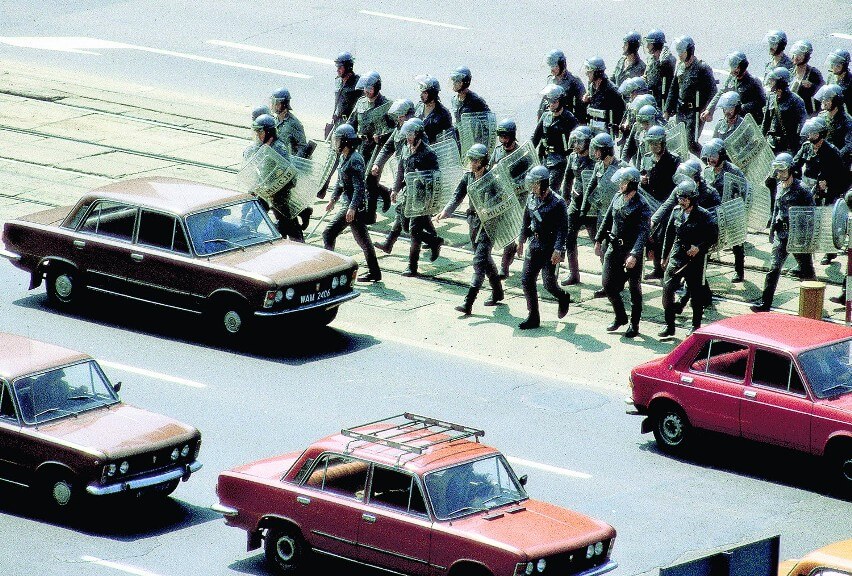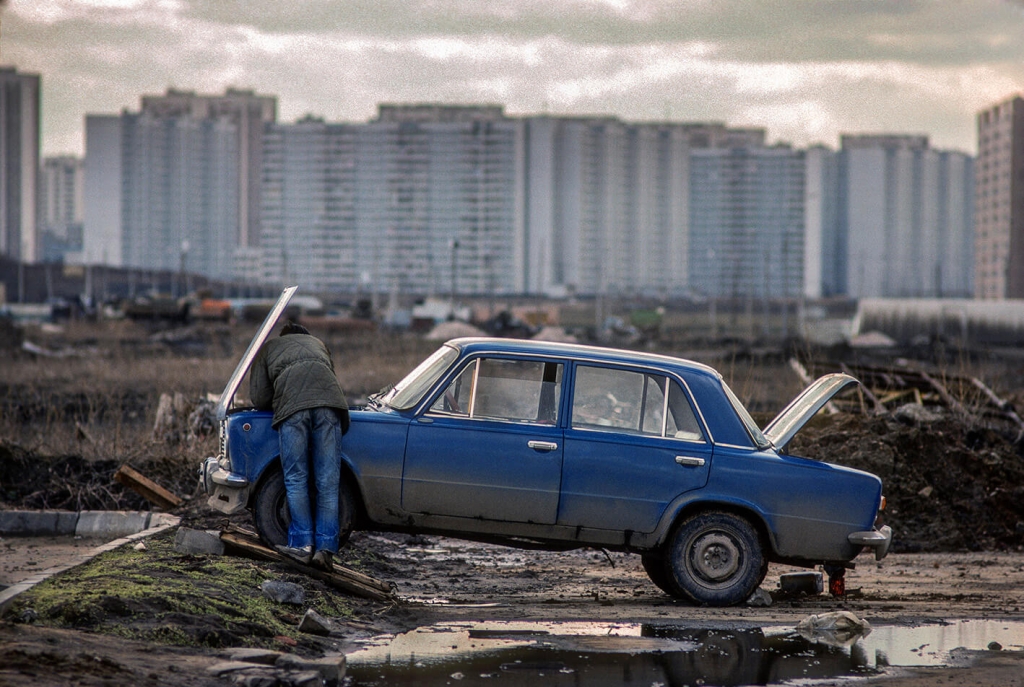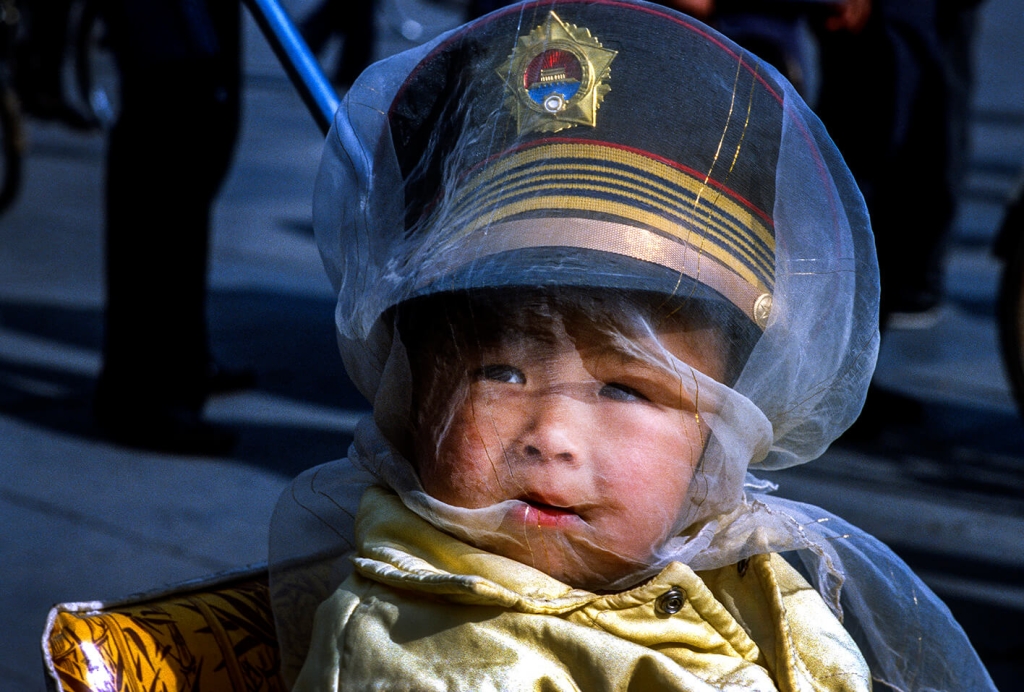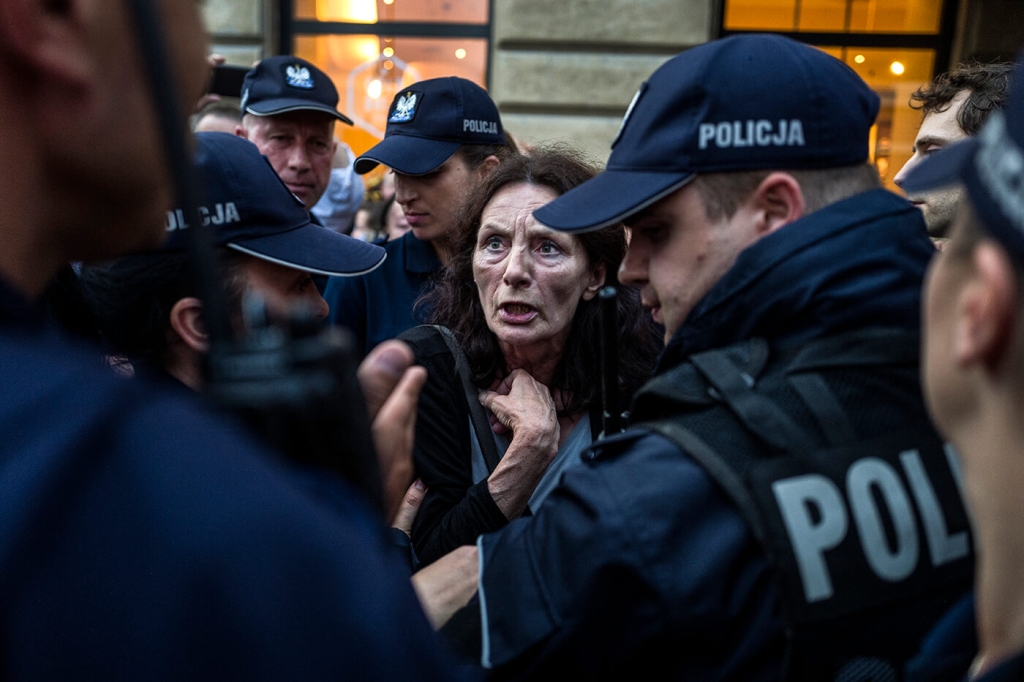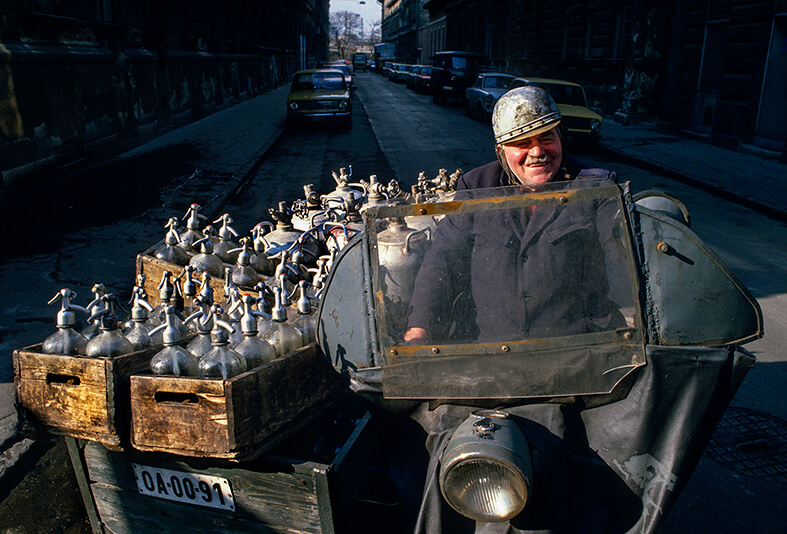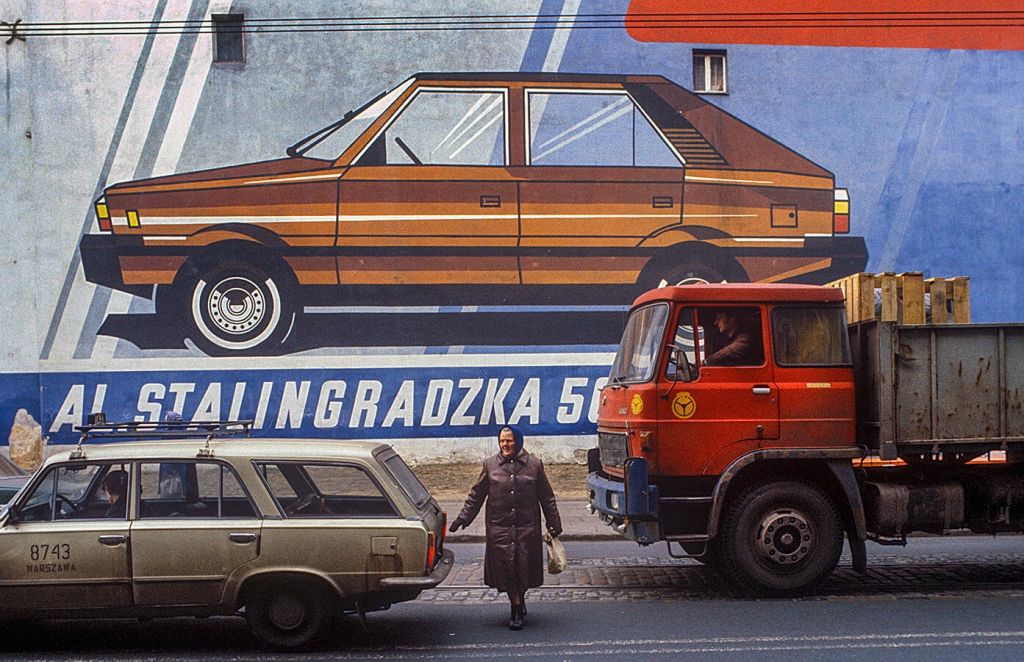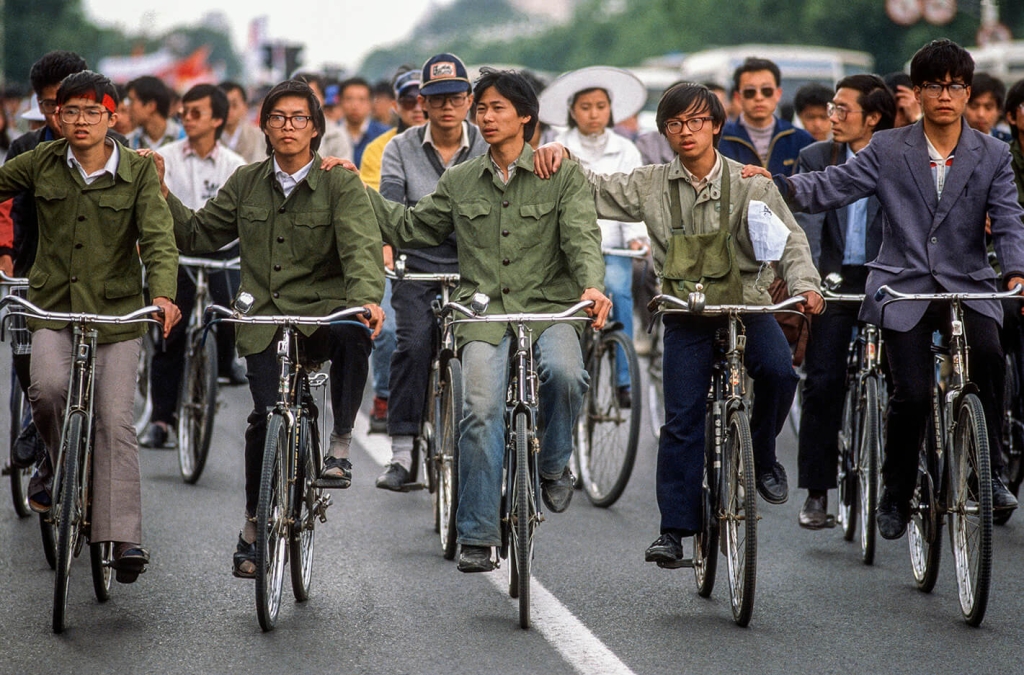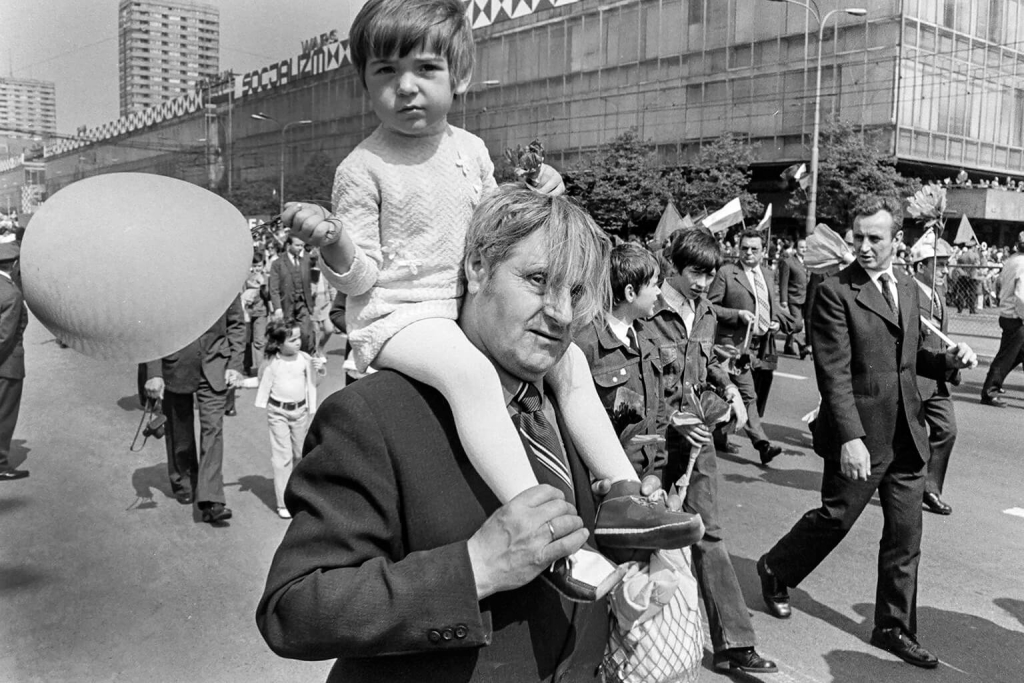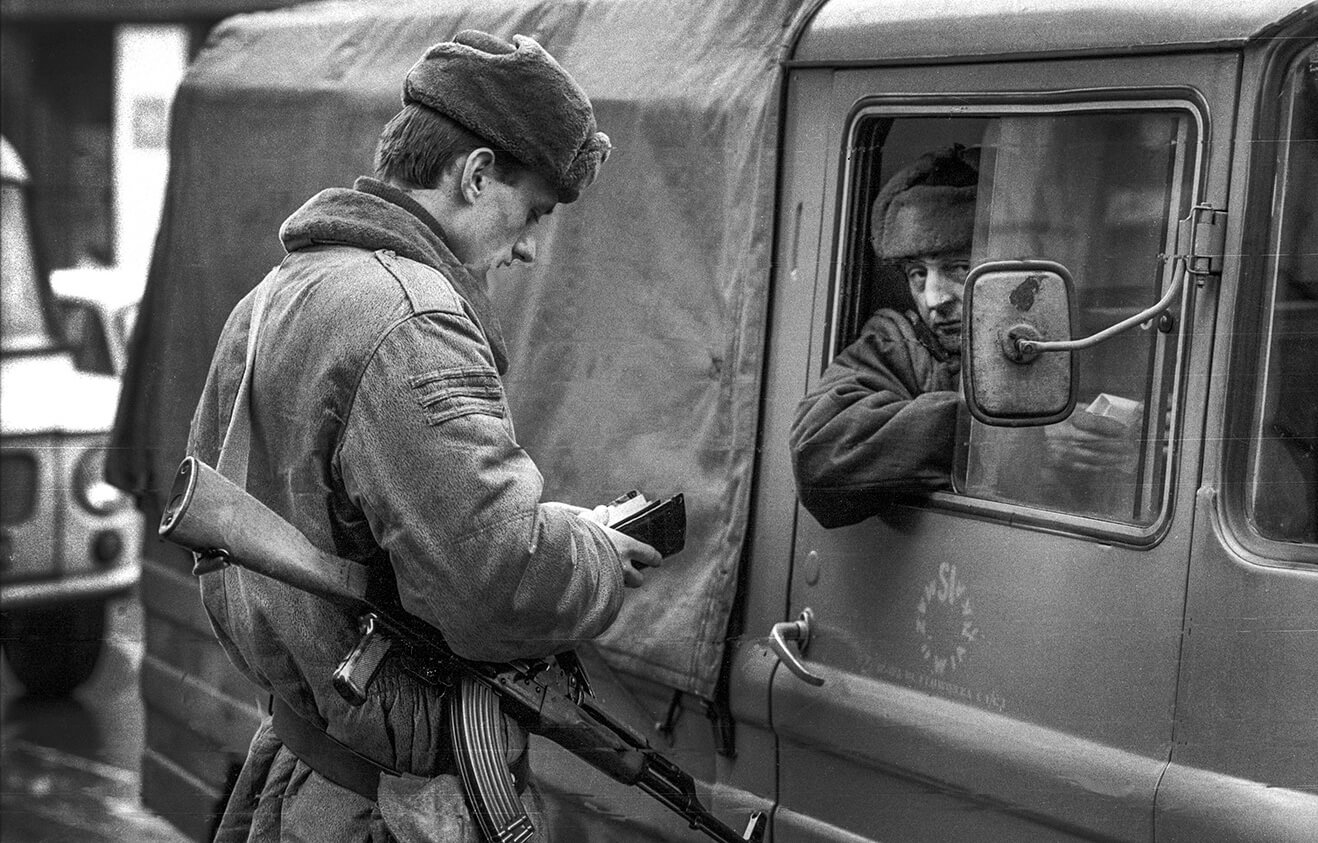
Chris Niedenthal is a photographer – legend. For years, his photographs have been presented in exhibitions and publications. Thus, selecting approximately 200 images from an archive of hundreds of thousands of photographs posed a great challenge. We felt tempted to surprise the audience and present works which have not been shown before. However, a retrospective of Chris Niedenthal’s 50 years in photojournalism has never been done before.
He documented the activities of two future Nobel Peace Prize winners: Lech Wałęsa and Mikhail Gorbachev. A winner of the World Press Photo prize himself, Niedenthal was a contract photographer for two of the most important newsmagazines in the world: Newsweek and Time. His photographs depicting life in Eastern Bloc countries were published by Stern, Geo, Der Spiegel, and Paris Match, among others. He was the only foreign photographer documenting the first days of the Lenin Shipyard strike in Gdańsk. From day one, his primary focus was photojournalism. Having no interest in studio or art photography, he wanted to document reality, not create a new one.

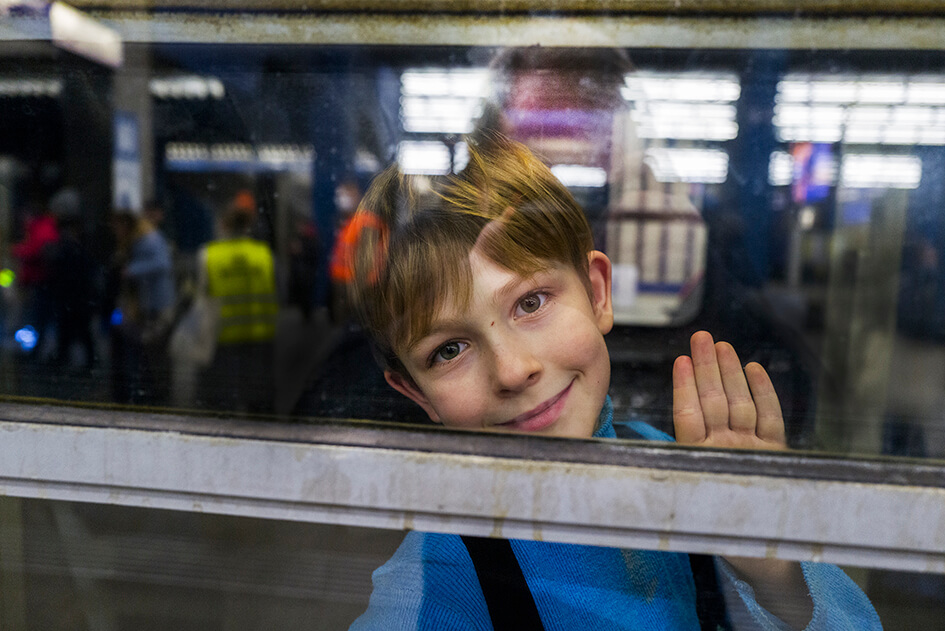
Always professional and honest, he knew his limitations. He didn’t document the centres of protests or street riots. He did not cover conflicts. In one interview he said: ”I do not photograph dictators but the consequences of their actions”. (Ironically, it was a photograph of the Hungarian dictator János Kádár that that won him a World Press Photo prize). His prime interest was everyday life and ordinary people. These photographs are the greatest and most fascinating part of his archive. Perhaps it is so because the country his parents were born in was so different from the one he grew up in. He would roam communist-ruled Poland with a camera, capturing situations which seemed ordinary to contemporary Poles. Yet he saw something exceptional in them.
A foreign correspondent press pass enabled him to take photographs few could take at that time. His contracts with Newsweek (from 1978) and then Time were a tremendous step forward in his career. It meant unlimited access to high quality colour films. He knew the language. He had a car and a British passport. He could leave Poland anytime. But he never did. That is why his archive is a unique journalistic record of Poland and Eastern Europe of the 1970s and 1980s.

He would preserve it on colour slides. It was this difficult photographic medium, requiring very precise exposure, which lent itself to printing in glossy magazines. He used to ship undeveloped film rolls, meticulously described on envelopes, to editorial offices. He did not know what his work looked like. A lab technician would develop the films and a photo editor would choose the frame that would be published. Niedenthal was only able to see the effects of his work in the print editions of magazines sent to him by the editorial offices. Considering the delays of post offices, he sometimes had to wait for a long time.
Although he has worked for prestigious world magazines, he always points out that it was Polish photographers who taught him professional photography.
We hope that you will be willing to get to know both the photographs and their author: an author who consistently followed his own path, knew how to use the opportunities which presented themselves, became a legend of photojournalism, and at the same time has remained a warm, open, and modest human being.
Anna Brzezińska and Katarzyna Puchalska
Gallery
About the artist
I like Charlie Watts from The Rolling Stones, even if he is not the crème de la crème of the world’s drummers. He is rather the background for Mick Jagger and the other Stones. For me, though, he is the essence of the band. The essence which has always attracted me. I try to use that essence in whatever I do.
Charlie Watts plays with no ornaments. He is just the consistent and steady engine that pulls the band forward. I liked playing in that style: with no quirkiness but with a lot of essence; with the rhythm and power. With age, I have become fond of cooking in that manner. Without unnecessary ornaments, such as an excess of herbs or exotic ingredients. The essence matters the most. My photography is the same. It may be stripped of novelties and extreme effects, but it is full of essence.
Chris Niedenthal was born on October 21, 1950 in London, as the younger of Helena Niedenthal (née Łyżwańska) and Jan Niedenthal’s two children. His mother, a stenographer for the Polish Telegraphic Agency in Warsaw, emigrated with the Polish government following the German invasion in September 1939. His father, a Vilnius prosecutor, left Poland after Soviet troops invaded the country on September 17, 1939. The couple eventually met and married in Great Britain.
In 1972, Chris Niedenthal graduated from a photography course at the London College of Printing and worked for the London-based Features International agency for half a year.
He first visited Poland in 1963 with his parents and sister. Two years later, he came back on his own, and returned practically every summer thereafter. In 1971, Niedenthal took up a job guiding tours around Poland. In May 1973, he was invited to Poland by the Polish Interpress Agency.
Niedenthal was a freelancer from 1974 to 1978, reporting for the German weekly Stern and monthly Geo and the Swedish daily Expressen. He cooperated with Newsweek from 1978. In 1985 he became a Time photojournalist.
Reportage photography, presenting both historical events and everyday life of the 1980s, brought him most fame. He documented John Paul II’s first pastoral visit to Poland, the rise of “Solidarity”, the first days of martial law, the fall of communism, and the democratic transformations in Eastern Europe in 1989.
In 1986 he won a World Press Photo award for a portrait of János Kádár, the Hungarian communist leader. The photo then appeared on the cover of Time magazine. Niedenthal was also the author of a socially conscious photographic project revolving around the issue of “invisible” children with intellectual disabilities (including the exhibition Taboo. The Portraits of the Unportrayed). Together with Tadeusz Rolke he created the exhibition Sąsiadka (Neighbour) addressing the difficult relations between Poles and Jews.
After 2015 Niedenthal came back to photojournalism. In a sense this profession is a mission. As I have covered so much history throughout the years, I think that I cannot stop now. I have to document the condition we are in at the moment. Earlier I did it for notable world magazines, now I do it for myself.
Fifteen catalogues with Chris Niedenthal’s photographs and an autobiography have been published so far.
After a forty-year break he returned to playing drums. Five years ago, along with Andrzej Narożański and Andrzej Wernohe, he formed the blues band Sir Hardly Nobody. They have recorded one album: Drywood Blues.
Information
Date
09.03.2024 — 10.08.2024
Location
Rzeczna Art Gallery
The Rybnik Art Education Center
1 Rzeczna street, 44-200 Rybnik
Duration
± 2 hour/s:
Curators
Anna Brzezińska and Katarzyna Puchalska
Project coordination and exhibition production
Julia Libera House of Encounters with History
Graphic design and exhibition arrangement
Lotne Studio
Implementation of the exhibition project
Rzeczna Art Gallery | P.W TK-BUD Michael Tkocz | E-graficy.pl | Omega System | Vison.pl | Marcin Giba | Mateusz Szymura

